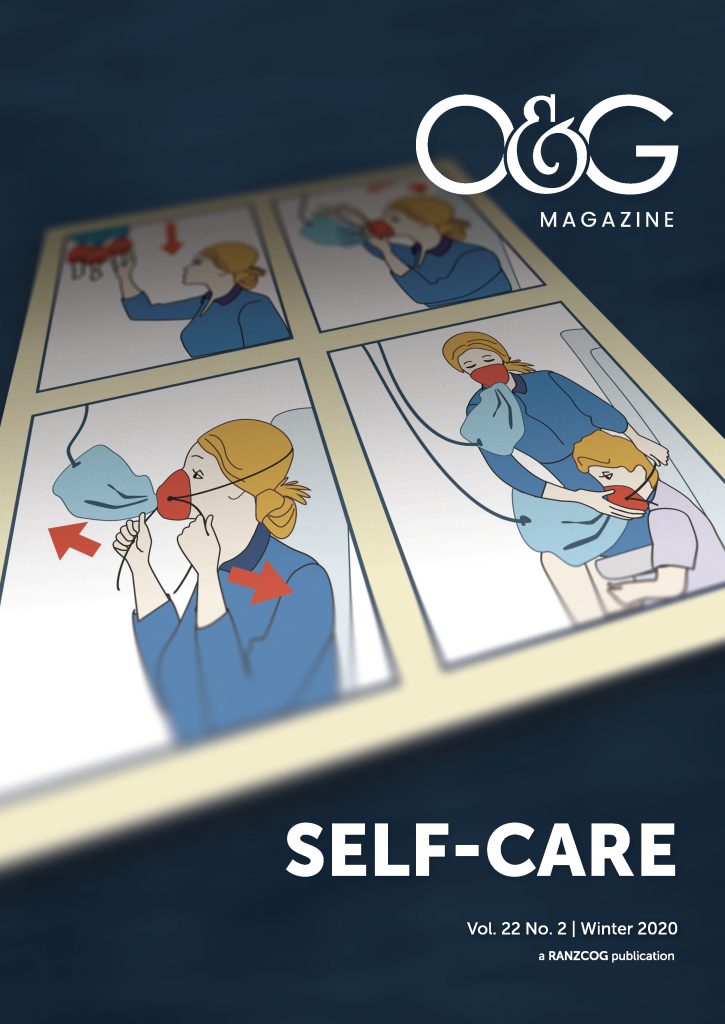Q&A
Q&A: How do you assess baby’s position to decide whether to continue an attempt at vaginal delivery?
This article is 5 years old and may no longer reflect current clinical practice.
Q: Your patient has been pushing for two-and-a-half hours with no progress. How do you assess the baby’s position and decide whether an ongoing attempt at vaginal delivery is suitable?
A: Determining the position of a baby’s head in advanced second stage is a challenging task even in the most experienced hands. The correct determination of the head position, along with other features, will enable the best decisions to be made about further management.
The following are the steps to achieve this:
- Ensure that you have a clear idea of the pregnancy and the progress of labour. A longer and slower labour with significant back pain suggests the possibility of a persistent occiput posterior position.
- Ensure that you have a clear idea of how the woman has coped with vaginal examinations and discuss with her how she might best be able to manage the discomfort and pain of a vaginal examination. Have the woman empty her bladder if there is no catheter.
- Be clear about what analgesia the woman has had. A well-functioning epidural is sometimes required for an adequate vaginal examination in second stage. A pudendal block can be useful.
- Perform an abdominal examination noting any concavity in the abdominal contour above the symphysis; this suggests an occiput posterior position. Is the head engaged in the pelvis? if it is clearly, this then favours an occiput anterior position.
- Perform an ultrasound. If the spine can be clearly seen anteriorly, the baby’s head is likely to be anterior. If your skills permit, try to identify the orbits of the fetus; if seen anteriorly, these will be a very clear confirmation of an occiput posterior position.
- Perform the actual vaginal examination, slowly and carefully.
- Feel for the Ischial spines and determine the level to which the bony part of the head has descended. If the head is very low (i.e. on view) sometimes this might not be necessary.
- Feel for the lambdoid suture of the occiput; is there moulding and how much? Remember, however, that a moulded set of parietal and frontal sutures can feel almost identical to an occipital lambdoid suture.
- Attempt to identify the anterior fontanelle; doing so helps to more securely confirm the position.
- Attempt to feel for the baby’s ears if there are still difficulties in determining the position. This can be very useful when the saggital suture of the baby’s head is in a transverse position or when there is significant caput and moulding.
- Get a second opinion if you have significant doubts about the position and descent.






Leave a Reply